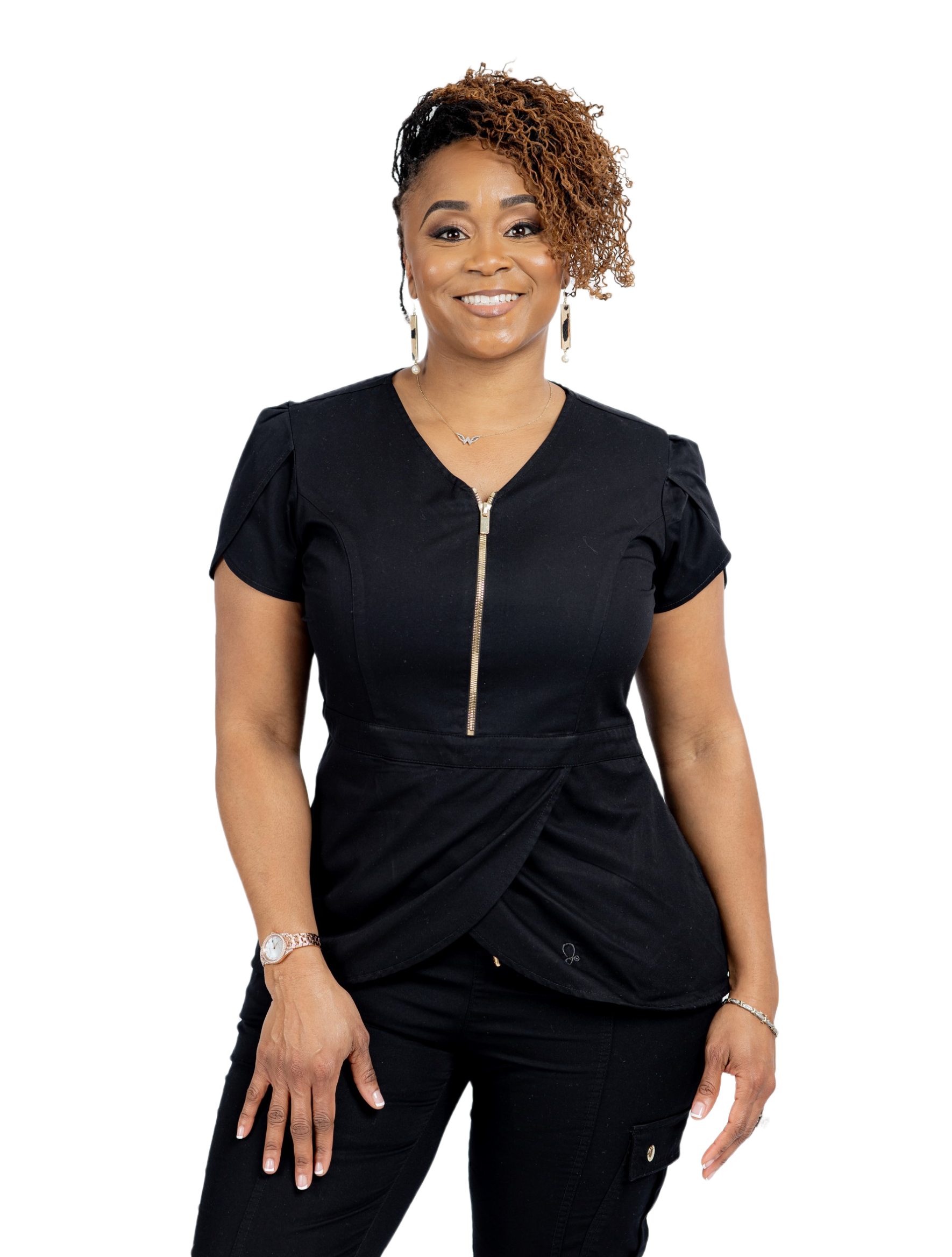Wellness
Concierge Care
Dr. Muse is offering full spectrum primary care for the entire family, called direct primary care or concierge care. A monthly subscription gains you 24/7 access to a personal family doctor that can communicate directly with you via phone, text, email, video, or in person.
These plans are for patients with or without insurance. Patients should keep in mind that Dr. Muse is not affiliated directly with any specialist or hospital, and any treatment that is necessary outside of your primary care, is not covered by the membership
For patients who have insurance, concierge services are an added bonus where you would pay annually. Patients can still use their primary insurance or HSA for any additional off-site testing or labs needed.
Membership Fees Concierge Care
Individual: $ 60/month
Couple: $110/month
Family: $ 220/month (includes 2 adults and 4 children ages 10 and up)
Concierge Care: $825 (includes annual bloodwork)
COMPLETE THE FORM BELOW TO ENROLL


PRIMARY CARE
- Male and Female Wellness visits, Sports physicals, and overall preventive care
- Pap smears
- Vaginal itching or discharge
- Abnormal Cycles
- Birth control
- Acute care for illnesses
- In-office ultrasound for pregnancy confirmation and early gender testing
- Care for ongoing health issues such as high or low blood pressure, diabetes, lung disease, asthma, high cholesterol, etc.
- Referrals to specialists and coordinated care with physical therapy or chiropractors
- Radiology referrals: Ultrasounds, CT scans, MRI, Mammograms, DEXA scans, EKG
- Phone consultations
- Same-day appointments on Thursdays ONLY
- 24/7 access by phone (VIP members only) and access to labs
ANTI-AGING
Some problems that particularly affect women and men may be associated with hormones, so we offer hormone optimization with Bio-identical Hormone replacement therapy. Our goal is to help you feel at ease discussing your body and any health problems you may have while providing you with a full range of services.
How does the hormone pellet implant process work?
First, don’t worry—the process is pretty quick and easy…
As you probably know, most, if not all, medical treatments come with some risks. Some of the most common risks are a small amount of bleeding, an infection, and a small scar at the incision site.
Bleeding: The person may have some light bleeding where the small cut was made. With Steri-Strips and the right bandage, you can keep the wound closed and stop slight bleeding by putting pressure on the area.
Infection: Keeping the area clean is the best way to lower the risk of getting an infection after surgery. During the healing process, it is normal for the area around the cut to be a little red. A bigger area of swelling and heat at the insertion site can suggest infection.
Scarring: Most cuts heal on their own and don’t leave a scar, but some people get scars that are bigger than others. By the second visit, the first cut should be completely healed.
Getting the Skin Ready
Making a Mark: Your doctor or nurse marks the spot where the pellets will be inserted. For women, this would be in the fatty tissue of the buttock. It will be just above the belt line on the back of guys.
Cleaning the Area: Chlorhexidine or Iodine is used to wipe down the area to make it germ-free.
Putting on the Numbing Agent: Pre-mixed lidocaine and epinephrine are injected into the skin to lessen the pain. That’s it! The area is numb in no time and is ready for the process.
Getting Ready for the Dose: The patient’s personalized pellet dose, the tools that will be used, and bandages are put on a box.
Putting in the Hormone Pellets: A small blade is used to make a very small cut (about 5 mm for women and 10 mm for men). An tool known as a blunt trocar is used to put the pellets in. We don’t use a sharp trocar like most pellet providers do to keep any damage to a minimum. After the pellets are put into the trocar, it is carefully pushed through the fat after being put into the cut. Using this method instead of cutting tissue stops more blood and the risks that come with it. Each pellet is about the size of a Tic-Tac and is lined up in a straight line. For women, there are three pellets, and for men, there are eight to twelve. Once the device is in the best place, it is taken out.
Bandaging the Incision: The doctor will pull the skin together to close the cut and then use a Steri-Strip or band-aid keep the closure in place. Over the Steri-Strip, a bigger patch dressing is put on, which will be taken off the next day. The Steri-strip or band-aid is meant to stay on while you shower and do other daily tasks. It usually comes off in a few days to a week.
Procedure is a quick five-minute process and is over. It’s simple and doesn’t hurt too much except for when Dr. Muse uses the lidocaine to numb the area.
The pellets will be put in the other side of your body when you come back in a few months for your next dose. The next dose will be on the left side if the first one was on the right, and so on. To make sure that your hormone levels are at their best, the regularity of your doses will be chosen.
To get the best results, you should learn as much as you can about the care and treatment you are getting. Dr. Muse is here to help you feel better and get started on your own personalized path to better health and well-being.
